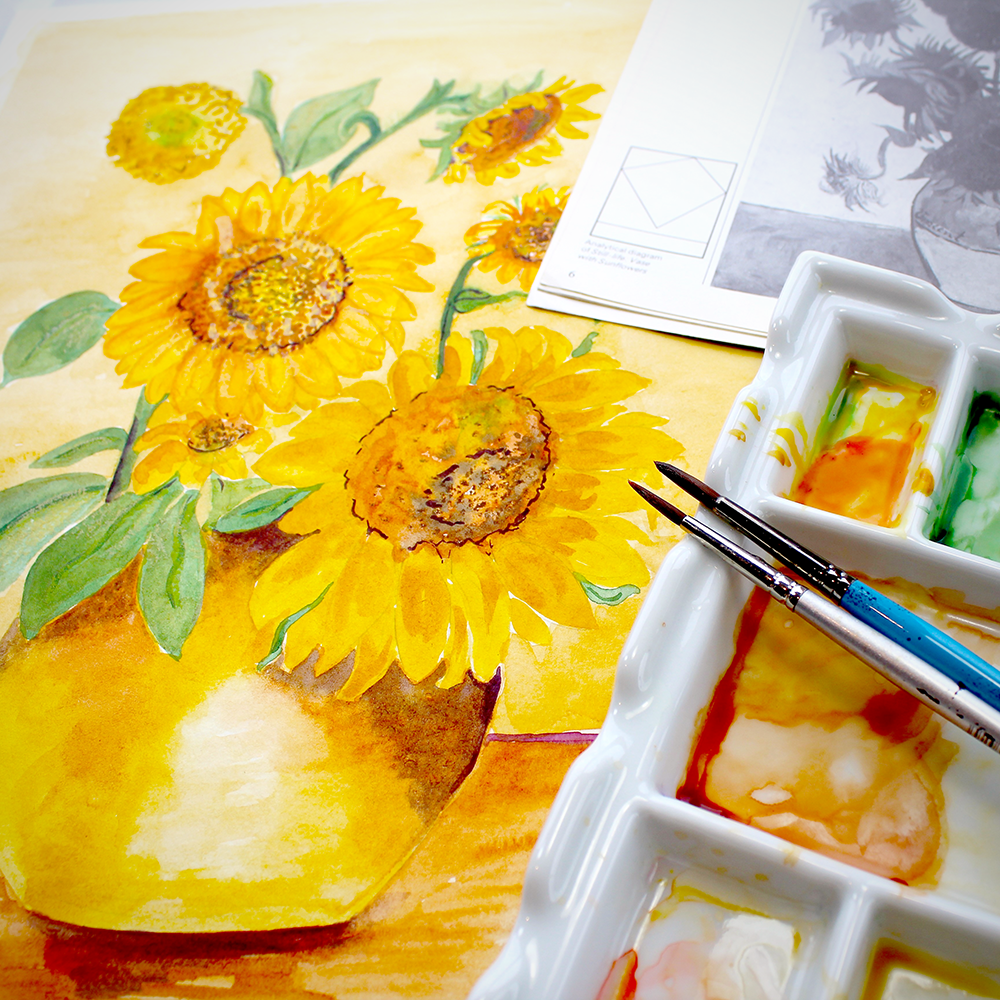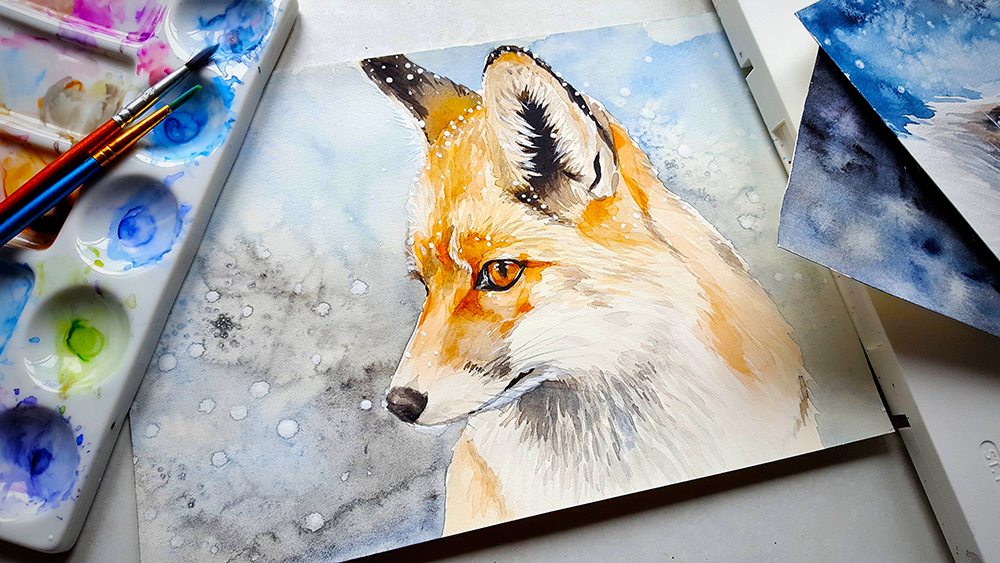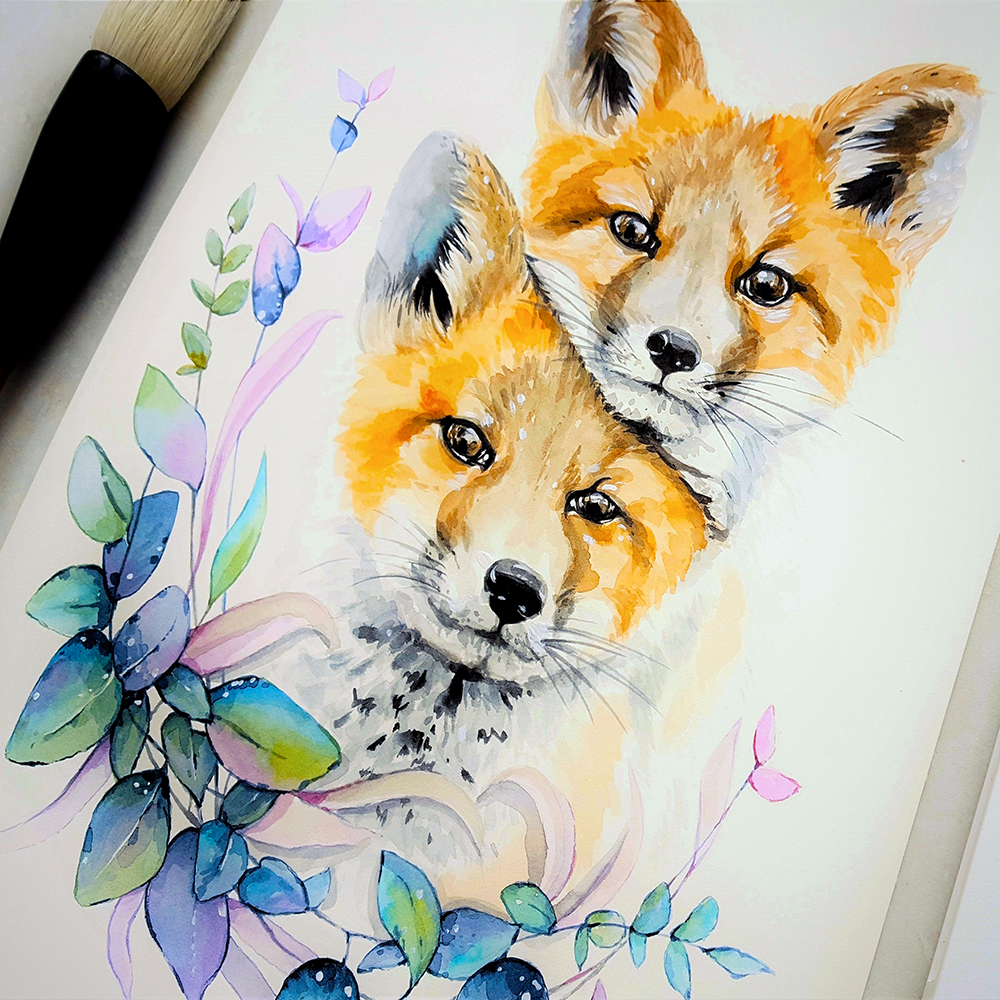Watercolor painting captivates artists with its fluidity and vibrant hues, but the paper you choose can make or break your masterpiece.
Ever wondered if you can paint watercolor on any paper?
This article dives deep into the world of watercolor paper, exploring different types, their suitability for watercolor paints, and practical tips to help you achieve stunning results.
Let's unravel the mysteries of watercolor paper and elevate your artistic journey!
Key Takeaways:
- Understanding Paper Types: Different papers have unique properties that affect watercolor painting.
- Choosing the Right Paper: Selecting the appropriate paper is crucial for achieving desired watercolor effects.
- Practical Tips: Learn how to adapt various papers for watercolor use and maximize your painting experience.
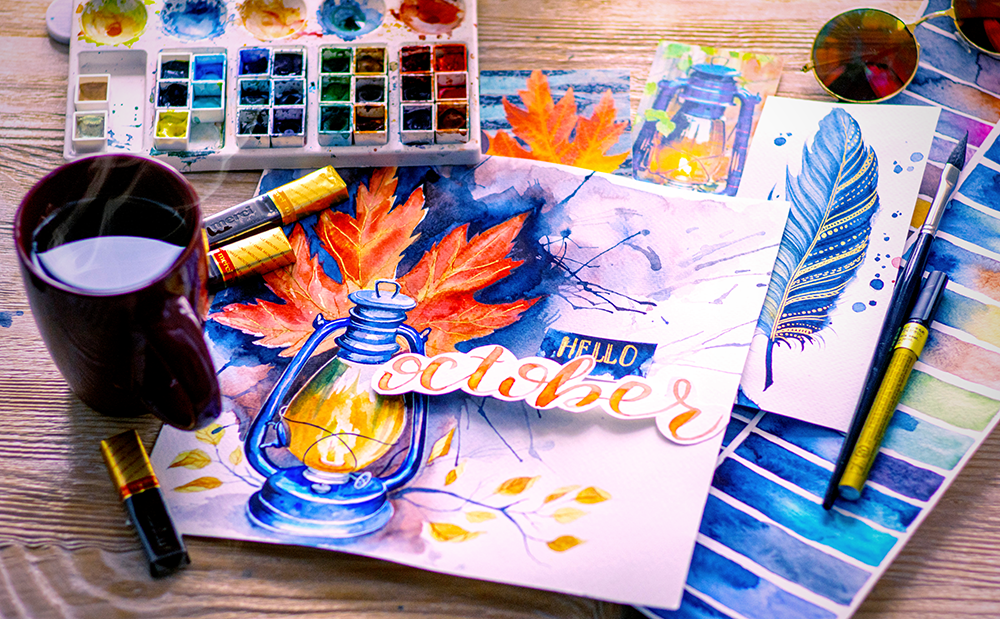
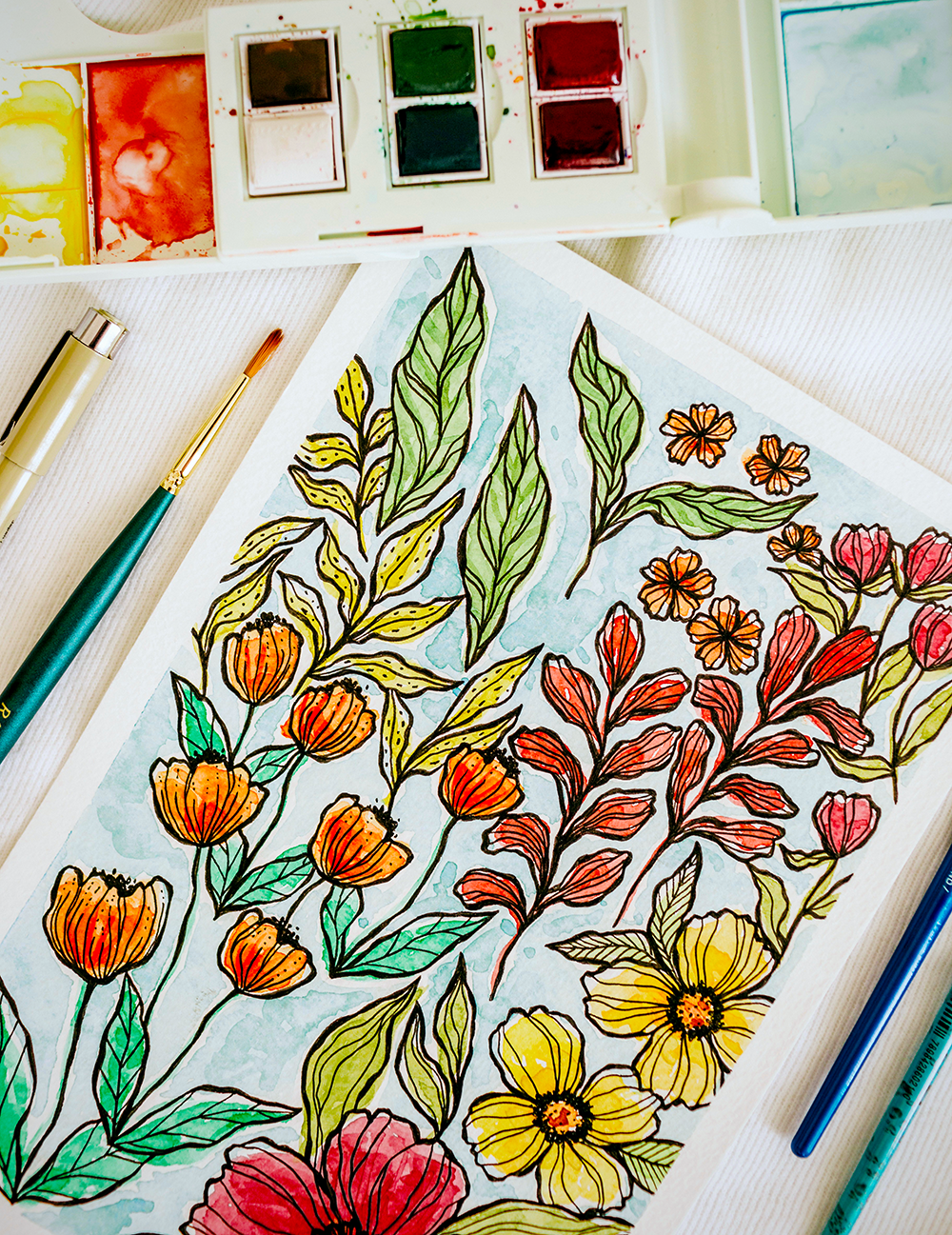
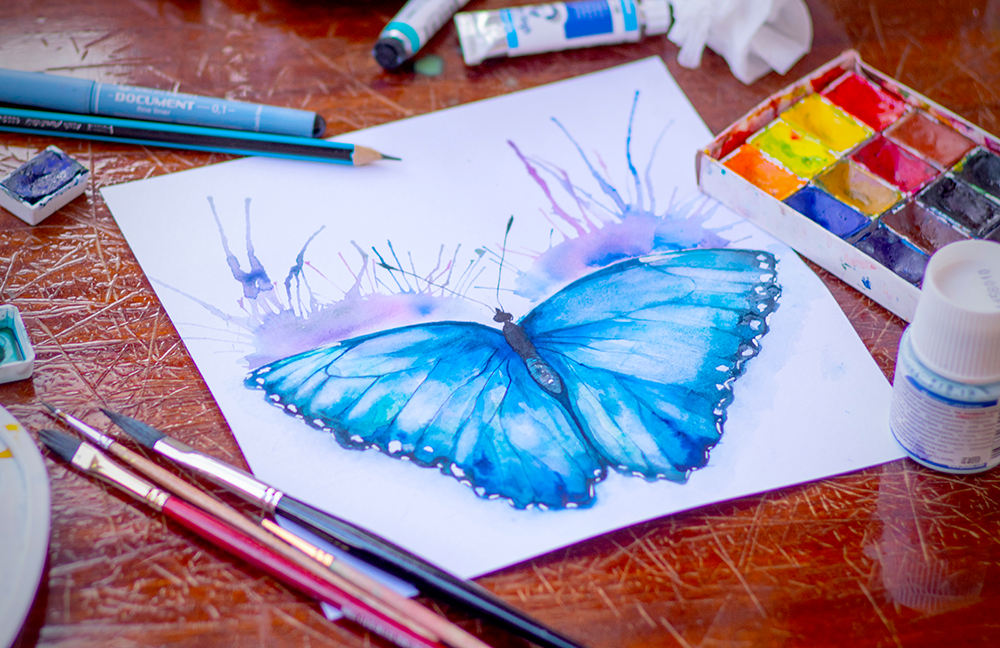
Importance of Paper in Watercolor Painting
Watercolor painting relies heavily on the paper's ability to absorb and hold water.
Unlike oil paints or colored pencils, watercolors require a surface that can handle wet media without warping or deteriorating.
The right paper can enhance your brush strokes, allowing for smooth transitions and vibrant colors.
Conversely, the wrong paper can lead to frustration and subpar results.
Choosing the right paper is not just about preference; it's about understanding the properties that make watercolor paper unique.
Factors such as texture, weight, and composition play a crucial role in determining how well the paper will perform with watercolors.
By understanding these elements, you can make informed decisions and elevate your watercolor paintings.
Types of Paper for Watercolor Painting
When it comes to watercolor painting, the type of paper you choose can significantly impact your artwork's outcome.
From the specialized textures of watercolor paper to the more general-purpose drawing and printer papers, each type offers unique characteristics that can either enhance or hinder your creative process.
Understanding these differences is crucial for any artist aiming to achieve the best results with their watercolor paints.
Watercolor Paper
Watercolor paper is specifically designed for watercolor paints.
It is typically made from cotton or wood pulp and comes in various textures and weights.
The most common types are cold pressed, hot pressed, and rough paper.
Cold pressed paper has a slightly textured surface, making it versatile for different painting styles.
Hot pressed paper is smooth, ideal for detailed work, while rough paper has a pronounced texture, perfect for expressive brush strokes.
Watercolor papers are also available in different weights, ranging from lightweight to heavy.
Heavier paper can handle more water and multiple layers of paint without buckling.
When you buy watercolor paper, consider the type of paper and its weight to match your painting style and techniques.
Drawing Paper
Drawing paper is generally lighter and less textured than watercolor paper.
While it can be used for watercolor painting, it may not perform as well, especially with heavy washes or multiple layers.
Drawing paper is more suitable for dry media like pencils and ink.
If you decide to use drawing paper for watercolors, be prepared for potential warping and less vibrant colors.
Printer Paper
Printer paper is not designed for watercolor painting.
It is thin and lacks the necessary texture and absorbency.
Using normal paper for watercolors can result in buckling, tearing, and poor color retention.
While it may be tempting to use printer paper for practice, investing in proper watercolor paper will yield better results and save you frustration.

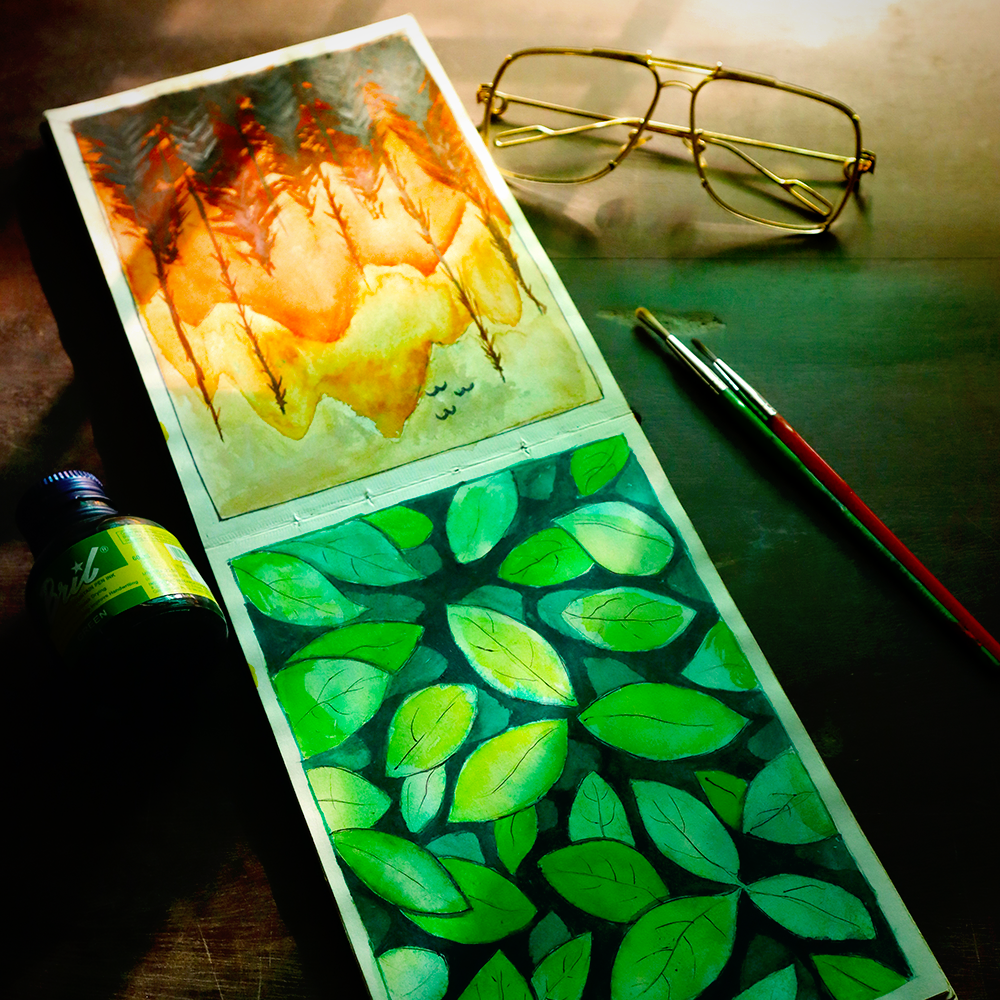

Comparing Watercolor Paper and Other Papers
Watercolor paper differs from other papers in several key ways.
Firstly, watercolor paper is typically thicker and more durable, allowing it to withstand the wetness of watercolor paints.
It also has a textured surface that helps hold the paint and create interesting effects.
Other papers, like drawing or printer paper, lack these qualities, making them less suitable for watercolor painting.
Another significant difference is the composition.
Watercolor paper is often made from cotton or a blend of cotton and wood pulp, providing better absorbency and durability.
In contrast, regular paper is usually made from wood pulp alone, which can lead to issues like warping and tearing when exposed to water.
Understanding these differences can help you choose the right paper for your watercolor projects.
Why Watercolor Paper is Essential
Using watercolor paper is essential for achieving the best results in your watercolor paintings.
The texture and absorbency of watercolor paper allow for smooth application and blending of colors.
It also prevents the paper from buckling or tearing, ensuring your artwork remains intact.
Watercolor paper can handle multiple layers of paint, allowing you to build up colors and create depth in your paintings.
Watercolor paper also enhances the longevity of your artwork.
High-quality watercolor papers are often acid-free and archival, meaning they won't yellow or deteriorate over time.
This is crucial for preserving your paintings and ensuring they remain vibrant for years to come.
Investing in good watercolor paper is a wise choice for any serious watercolor artist.
How to Choose the Right Watercolor Paper
Choosing the right watercolor paper can make all the difference between a masterpiece and a muddled mess.
With so many options available, it can be overwhelming to know where to start.
From texture to weight, you can find the perfect paper to bring your artistic vision to life.
Whether you're a detail-oriented painter or love bold, expressive strokes, let's dive into the world of watercolor paper and discover how to make the best choice for your creative needs.
Consider the Texture
The texture of watercolor paper can significantly impact your painting style.
Cold pressed paper has a medium texture, making it versatile for various techniques.
It is the most popular choice among watercolor artists. Hot pressed paper is smooth, ideal for detailed work and fine lines.
Rough paper has a pronounced texture, perfect for creating expressive and bold brush strokes.
When choosing watercolor paper, consider the type of texture that best suits your painting style.
If you enjoy detailed work, hot pressed paper may be the best choice.
For more expressive and textured paintings, rough paper can add an interesting dimension to your artwork.
Evaluate the Weight
The weight of watercolor paper is another crucial factor to consider.
Heavier paper can handle more water and multiple layers of paint without buckling.
Standard weight for watercolor paper is around 140 lb (300 gsm), but heavier options like 200 lb (425 gsm) or 300 lb (640 gsm) are available for more demanding techniques.
Lighter weight paper, such as 90 lb (190 gsm), may be suitable for practice or light washes but can buckle with excessive water.
When choosing watercolor paper, consider the weight that matches your painting techniques and the amount of water you typically use.
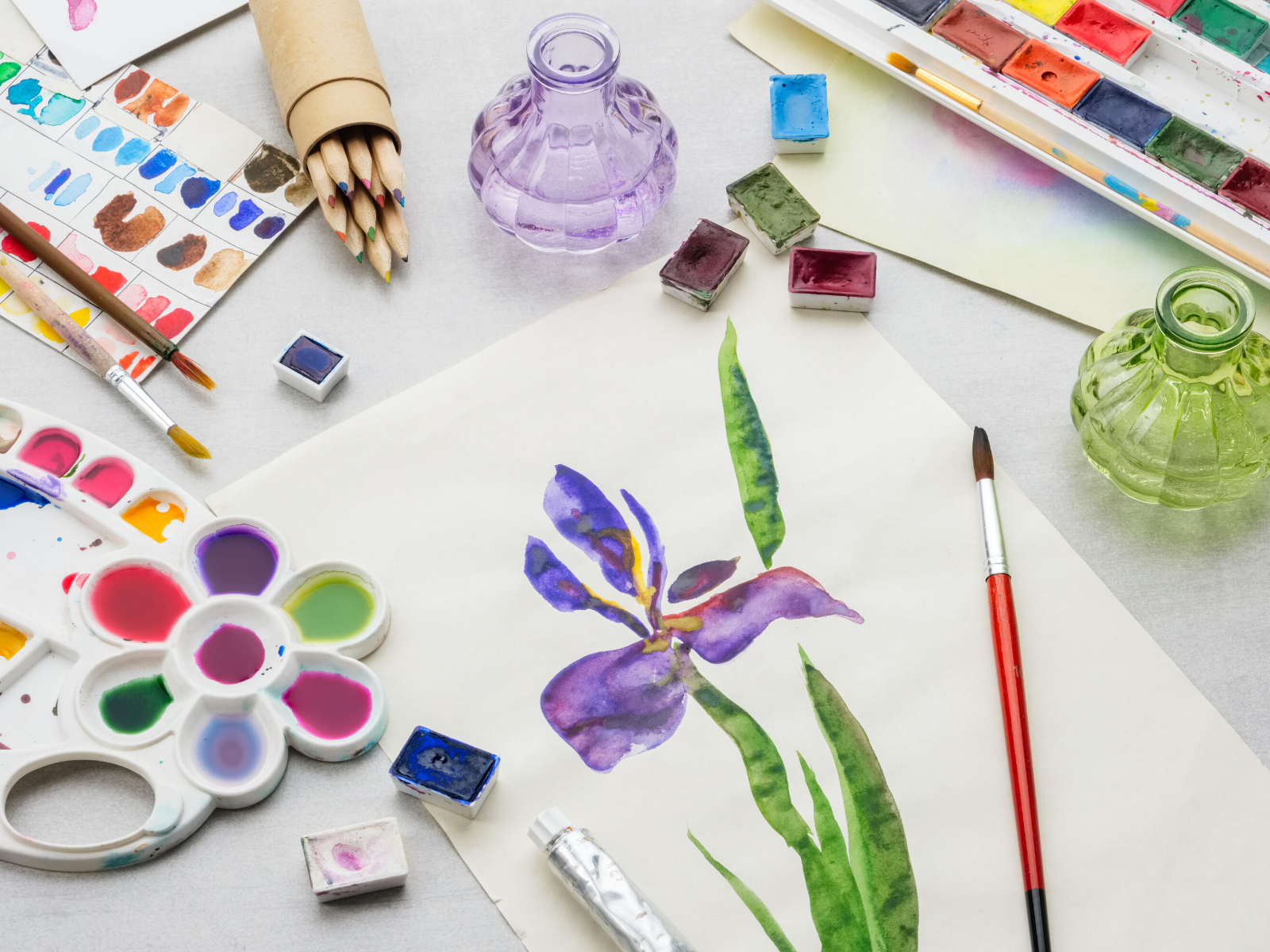
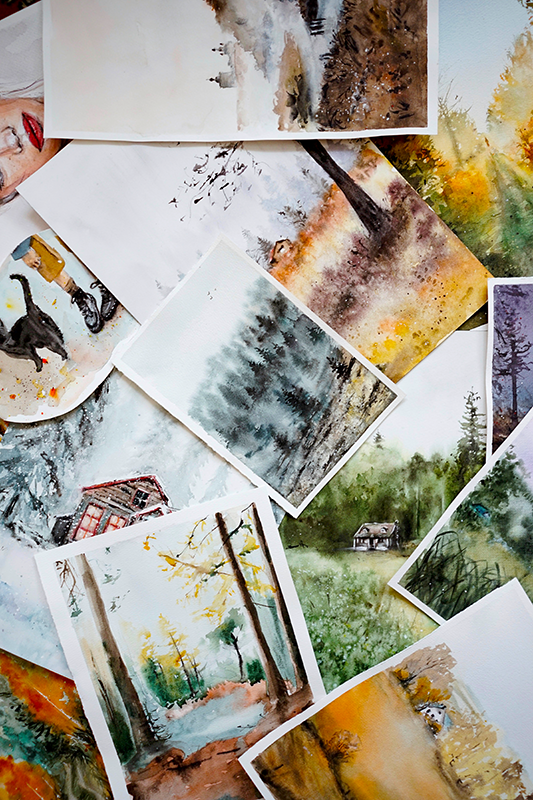
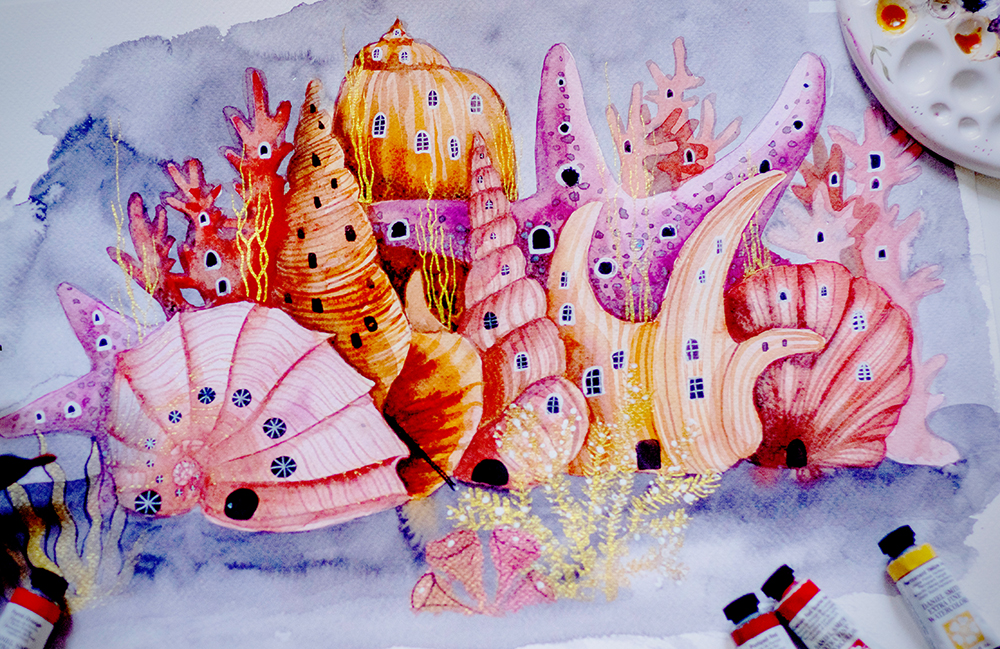
Practical Tips for Using Different Papers
If you decide to use drawing paper for watercolors, there are a few watercolor tips to improve your results.
First, use a rigid board to support the paper and prevent warping.
You can also use masking tape to secure the edges and minimize buckling.
Apply lighter colors and avoid heavy washes to reduce the risk of tearing.
Another tip is to use a paper towel to blot excess water and control the amount of moisture on the paper.
This can help prevent the paper from becoming too saturated and warping.
While drawing paper may not be ideal for watercolors, these tips can help you achieve better results.
Using printer paper for watercolors is not recommended, but if you must, there are ways to improve its performance.
Start by using a rigid board to support the paper and prevent warping.
Apply a light wash of water to the paper before painting to help it absorb the paint more evenly.
Use minimal water and avoid heavy washes to prevent the paper from buckling and tearing.
Blot excess water with a paper towel to control the moisture level.
While printer paper is not ideal for watercolors, these tips can help you achieve better results in a pinch.
Role of Cotton in Watercolor Paper
Cotton is a key component in high-quality watercolor paper.
Cotton fibers provide excellent absorbency and durability, allowing the paper to handle multiple layers of paint and heavy washes.
Cotton papers are often more expensive, but they offer superior performance and longevity.
Cotton rag paper, made from cotton linters or recycled cotton, is a popular choice among professional watercolor artists.
It provides a smooth and durable surface that enhances the vibrancy and detail of watercolor paintings.
Investing in cotton watercolor paper can elevate your artwork and provide a more enjoyable painting experience.
Benefits of Using Archival Paper
Archival paper is designed to last for many years without deteriorating.
It is acid-free and often made from high-quality materials like cotton.
Using archival paper for watercolor paintings ensures that your artwork remains vibrant and intact over time.
This is especially important for artists who want to preserve their work for future generations.
Archival paper also enhances the overall quality of your paintings.
The acid-free composition prevents yellowing and deterioration, ensuring that your colors remain true and vibrant.
Investing in archival watercolor paper is a wise choice for any serious artist who wants to create lasting and high-quality artwork.
Role of Texture in Watercolor Paper
The texture of watercolor paper can significantly impact your painting style and results.
Cold pressed paper has a medium texture, making it versatile for various techniques.
It is the most popular choice among watercolor artists.
Hot pressed paper is smooth, ideal for detailed work and fine lines.
Rough paper has a pronounced texture, perfect for creating expressive and bold brush strokes.
When choosing watercolor paper, consider the type of texture that best suits your painting style.
If you enjoy detailed work, hot pressed paper may be the best choice.
For more expressive and textured paintings, rough paper can add an interesting dimension to your artwork.
Importance of External Sizing
External sizing is a treatment applied to watercolor paper to enhance its performance.
It helps the paper absorb water and paint more evenly, preventing the colors from bleeding and creating sharp edges.
External sizing also adds durability to the paper, allowing it to withstand multiple layers of paint and heavy washes.
Watercolor papers with external sizing provide better control and precision in your paintings.
The sizing helps the paint sit on the surface of the paper, allowing for more vibrant colors and detailed work.
When choosing watercolor paper, look for options with external sizing to enhance your painting experience and results.
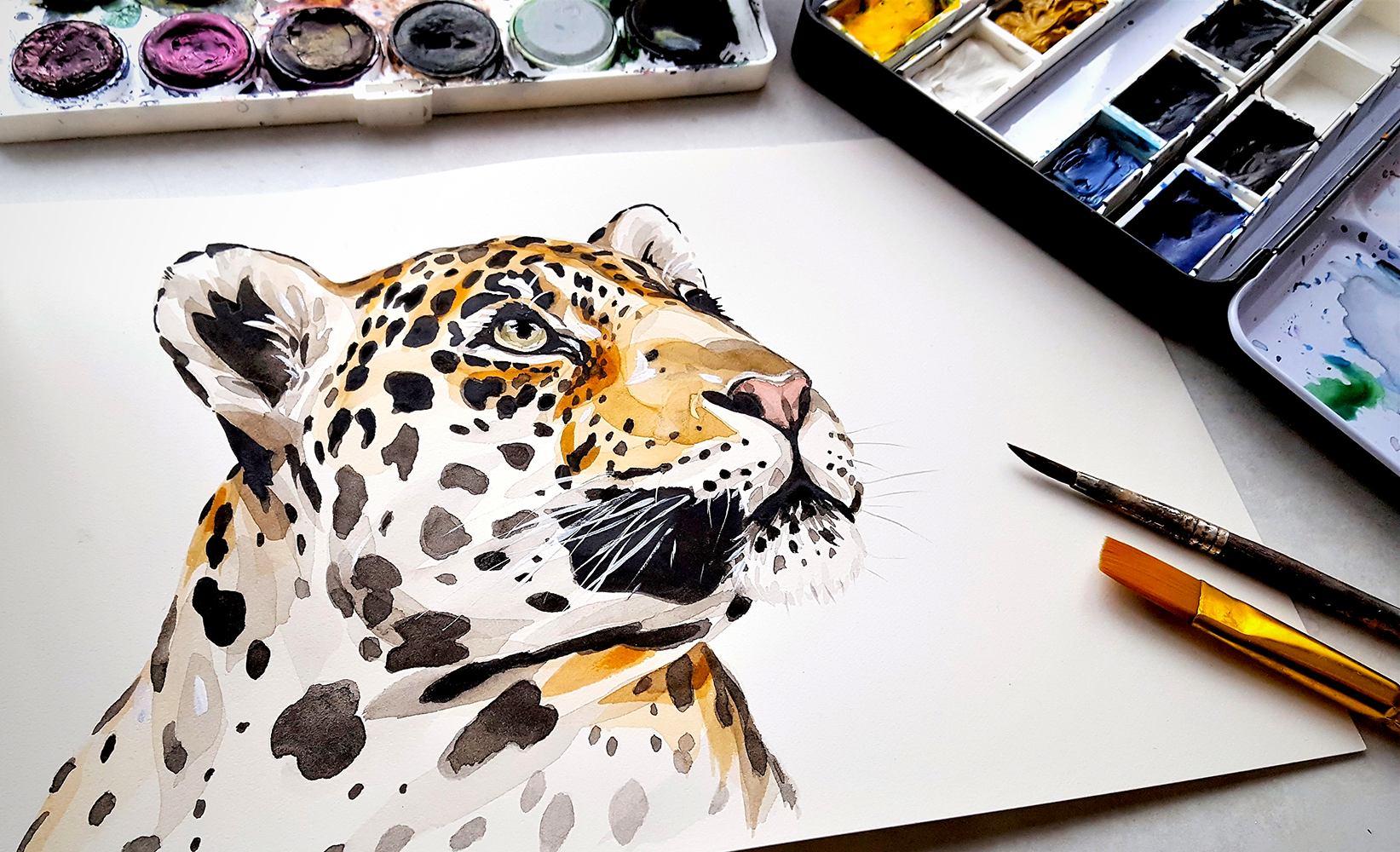
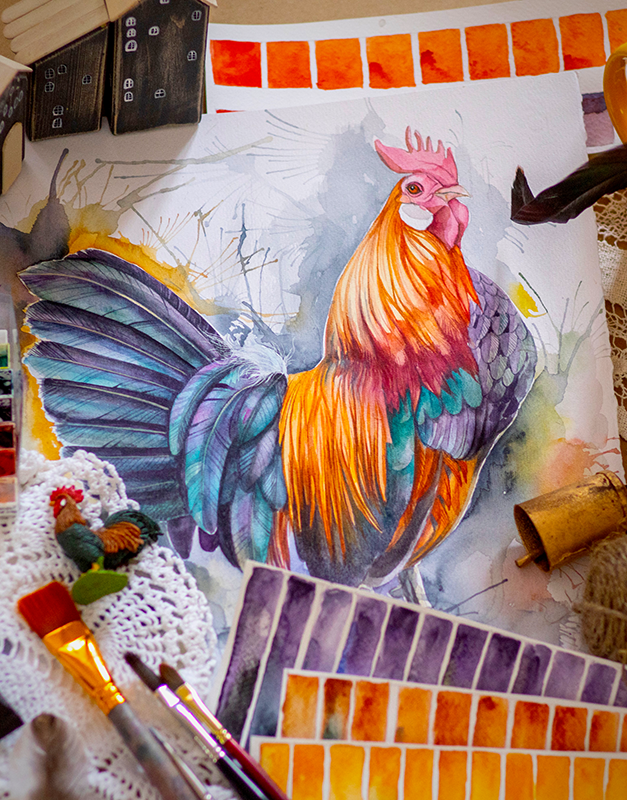

Role of Machine Made vs. Handmade Paper
Machine made and handmade papers offer different qualities and benefits for watercolor painting.
Machine made paper is more consistent in texture and weight, providing a reliable surface for painting.
It is often more affordable and widely available, making it a popular choice for many artists.
Handmade paper, on the other hand, offers unique textures and characteristics that can add a special touch to your artwork.
It is often made from high-quality materials like cotton, providing excellent absorbency and durability.
Handmade paper can be more expensive, but it offers a unique and personalized painting experience.
Benefits of Using Watercolor Blocks
Watercolor blocks are pads of watercolor paper that are glued on all four sides.
This prevents the paper from warping and buckling while you paint, providing a stable surface for your artwork.
Watercolor blocks are convenient and portable, making them a popular choice for plein air painting and travel.
Using watercolor blocks can enhance your painting experience by providing a stable and secure surface.
The glued edges prevent the paper from moving or warping, allowing you to focus on your painting without distractions.
Watercolor blocks are available in various sizes and textures, providing options for different painting styles and techniques.
Role of Cotton Linters in Watercolor Paper
Cotton linters are short fibers that are a byproduct of the cotton industry.
They are often used in the production of high-quality watercolor paper.
Cotton linters provide excellent absorbency and durability, allowing the paper to handle multiple layers of paint and heavy washes.
Watercolor paper made from cotton linters offers superior performance and longevity.
The cotton fibers provide a smooth and durable surface that enhances the vibrancy and detail of watercolor paintings.
Investing in watercolor paper made from cotton linters can elevate your artwork and provide a more enjoyable painting experience.
Impact of Paper Composition on Painting
The composition of watercolor paper plays a significant role in its performance.
Watercolor paper is often made from cotton or a blend of cotton and wood pulp, providing better absorbency and durability.
In contrast, regular paper is usually made from wood pulp alone, which can lead to issues like warping and tearing when exposed to water.
Understanding the composition of watercolor paper can help you choose the right paper for your painting projects.
Cotton papers offer superior performance and longevity, while wood pulp papers may be more affordable but less durable.
Consider the composition of the paper and its impact on your painting techniques and results.
Benefits of Using Acid-Free Paper
Acid-free paper is designed to last for many years without deteriorating.
It is free from acidic compounds that can cause yellowing and deterioration over time.
Using acid-free paper for watercolor paintings ensures that your artwork remains vibrant and intact over time.
Acid-free paper also enhances the overall quality of your paintings.
The absence of acidic compounds prevents yellowing and deterioration, ensuring that your colors remain true and vibrant.
Investing in acid-free watercolor paper is a wise choice for any serious artist who wants to create lasting and high-quality artwork.
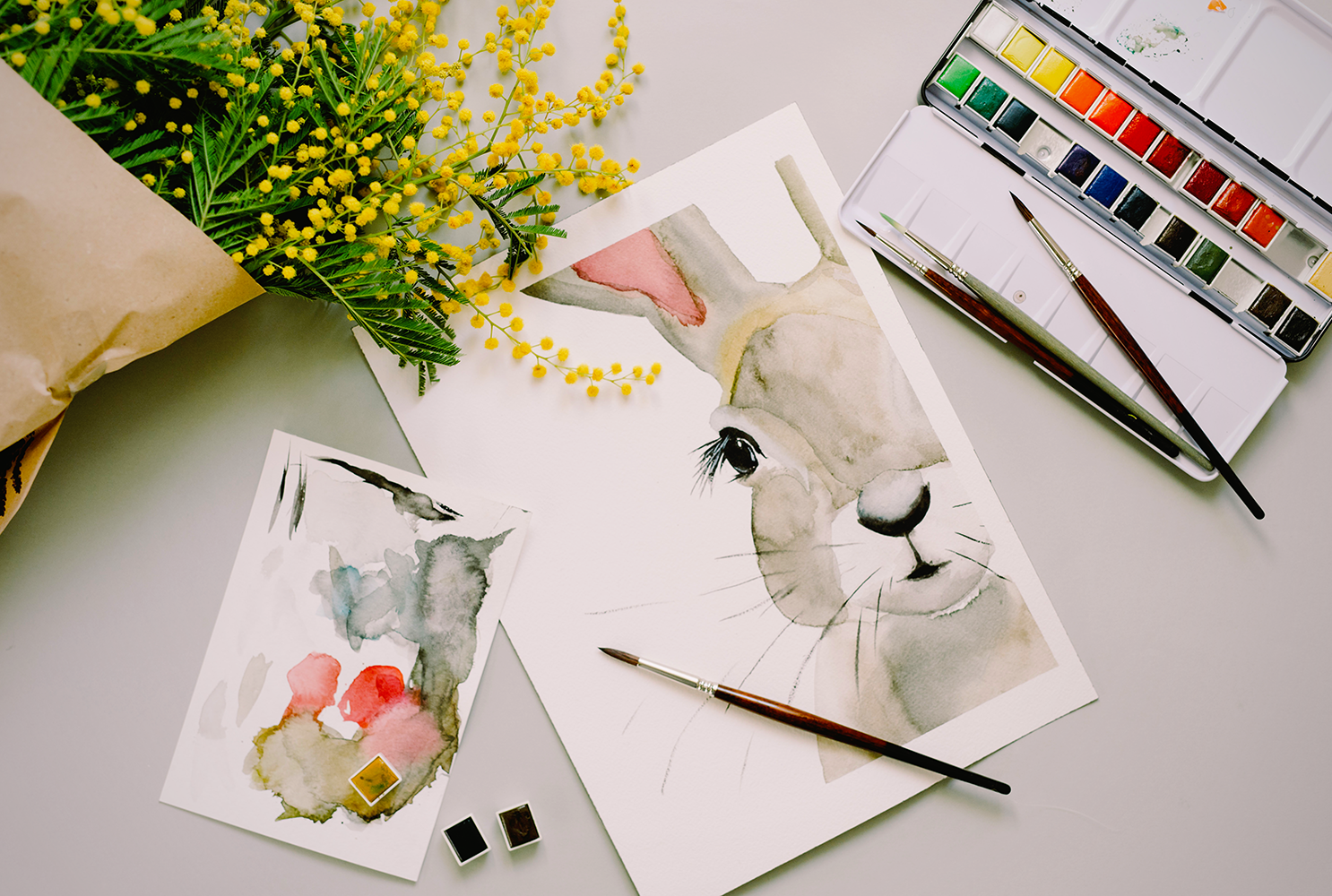
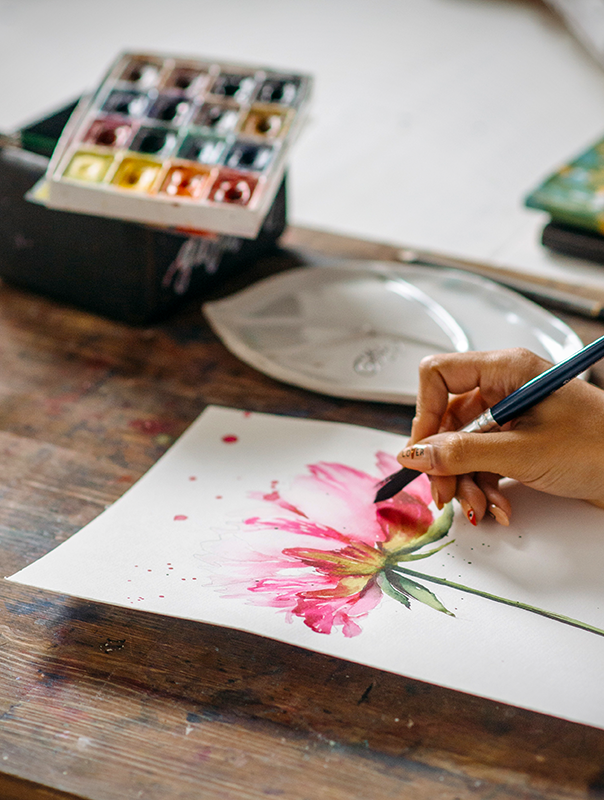

Choosing the Right Paper for Watercolor
Choosing the right paper for watercolor painting is crucial for achieving the best results.
The texture, weight, and composition of the paper can significantly impact your painting techniques and outcomes.
Watercolor paper is specifically designed to handle wet media, providing a stable and absorbent surface for your artwork.
Investing in high-quality watercolor paper can enhance your painting experience and results.
Consider factors like texture, weight, and composition when choosing watercolor paper to match your painting style and techniques.
The right paper can elevate your artwork and provide a more enjoyable painting experience.
Elevate Your Art with the Right Watercolor Paper
Watercolor painting is a journey of creativity and expression, and the paper you choose is your canvas to bring that journey to life.
While it might be tempting to cut corners, investing in high-quality watercolor paper is a game-changer for achieving stunning results.
Watercolor paper is specifically designed to handle wet media, providing a stable and absorbent surface for your artwork.
By understanding the nuances of texture, weight, and composition, you can make informed choices that elevate your artwork to new heights.
Whether you prefer the versatility of cold pressed, the smoothness of hot pressed, or the bold texture of rough paper, selecting the right paper tailored to your style and techniques is essential for vibrant, lasting masterpieces.
So, pick up that brush, choose your perfect paper, and let your creativity flow!


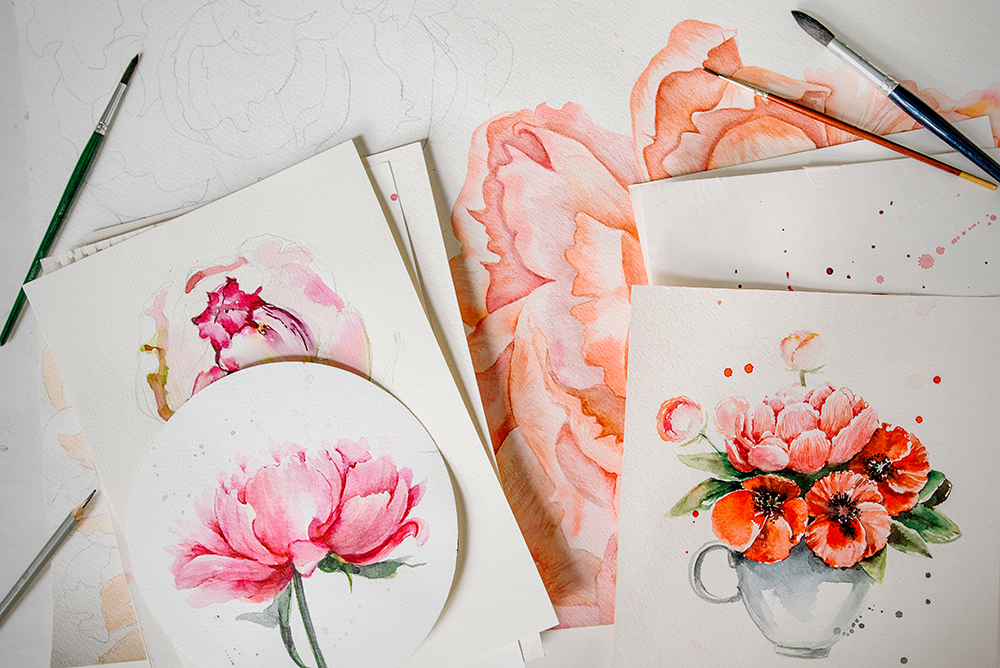
Watercolor FAQs
Watercolor painting is a beautiful and expressive art form, but it comes with its own set of unique challenges and considerations.
Whether you're a seasoned artist or just starting out, understanding the nuances of watercolor paper can make a world of difference in your work.
In this FAQ section, we'll dive into some of the most common questions about watercolor paper, helping you choose the right materials for your artistic journey.
From the importance of cotton fibers to the differences between watercolor and regular paper, we've got you covered!
Can you paint watercolor on any paper?
While you can technically paint watercolor on any paper, not all papers are suitable for watercolor painting. Watercolor paper is specifically designed to handle wet media, providing a stable and absorbent surface for your artwork. Using other papers, like drawing or printer paper, can result in warping, tearing, and poor color retention.
What is the difference between watercolor paper and regular paper?
Watercolor paper is typically thicker and more durable than regular paper, allowing it to withstand the wetness of watercolor paints. It also has a textured surface that helps hold the paint and create interesting effects. Regular paper, like drawing or printer paper, lacks these qualities, making it less suitable for watercolor painting.
Why is cotton important in watercolor paper?
Cotton fibers provide excellent absorbency and durability, allowing the paper to handle multiple layers of paint and heavy washes. Cotton papers offer superior performance and longevity, enhancing the vibrancy and detail of watercolor paintings. Investing in cotton watercolor paper can elevate your artwork and provide a more enjoyable painting experience.
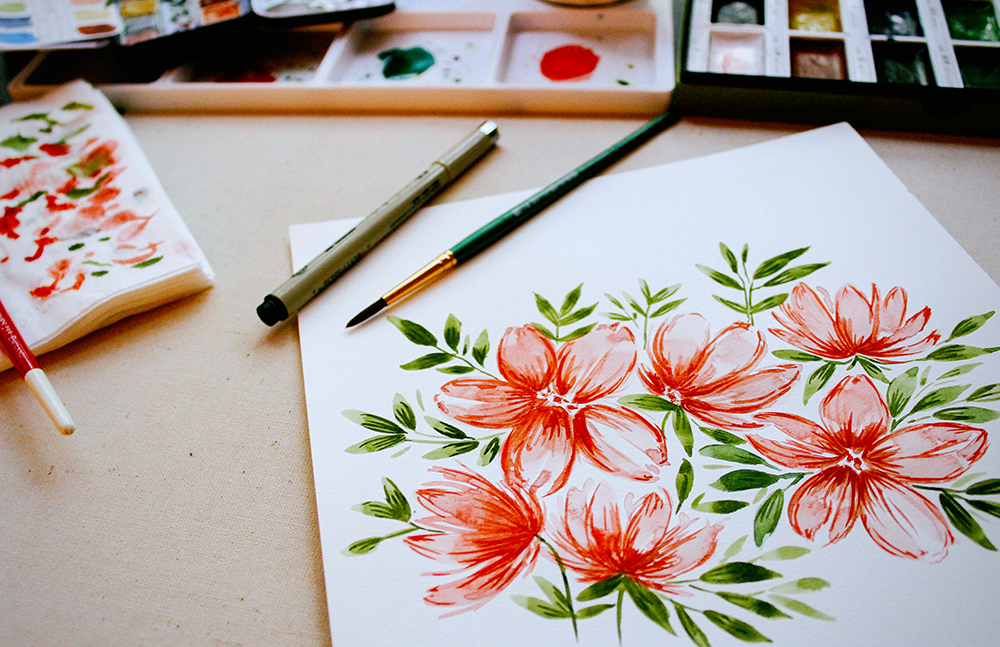
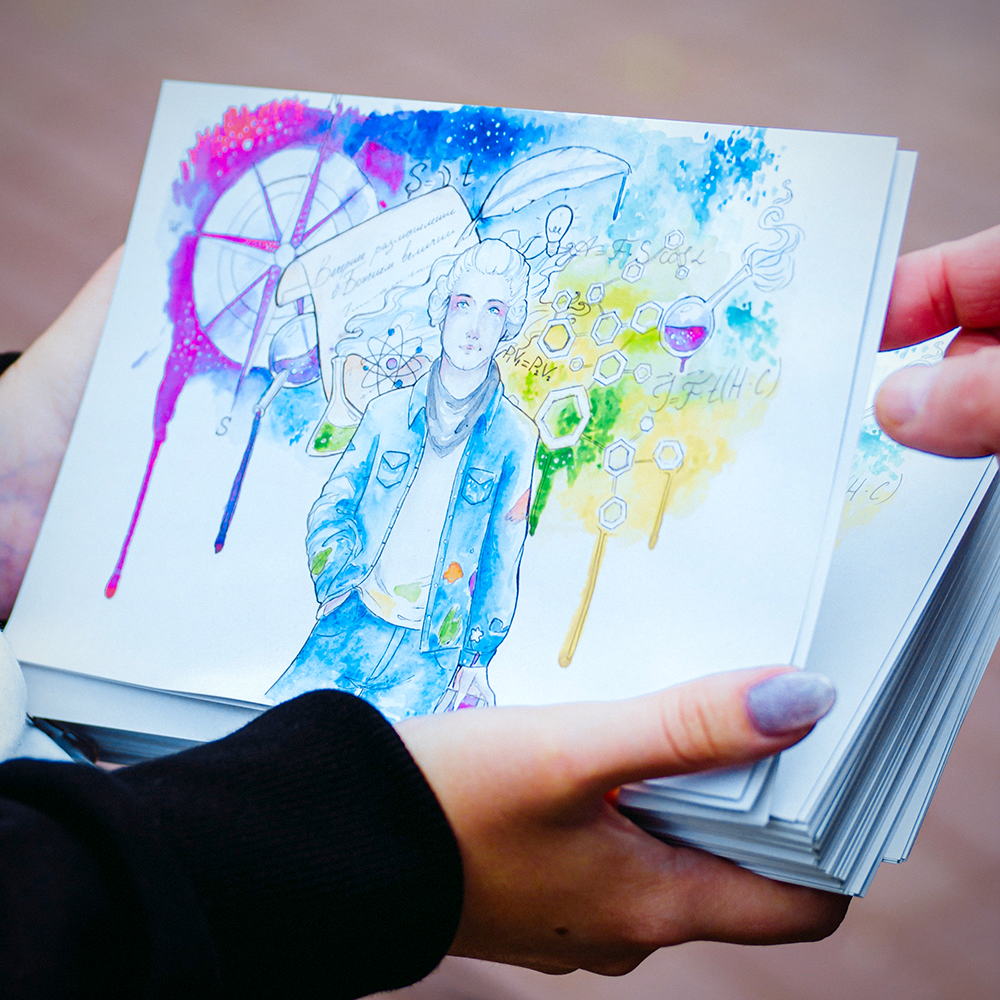
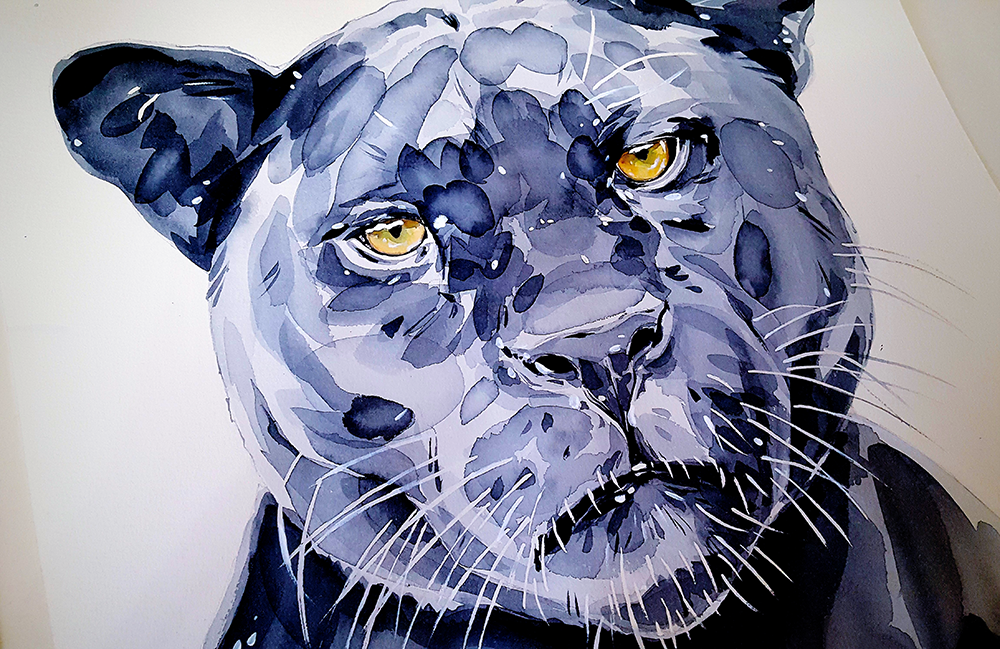
Looking to find the best paper for watercolors? Check out Paul Clark's video!
Want even more content about creativity and art?
Be sure to check out all of our creative chronicles!
Interested in learning about watercolors?
Check out some of our other articles:
-Can you watercolor in coloring books?
-Do you wet the paper before watercolor?
-Can you use Crayola markers as watercolor?
